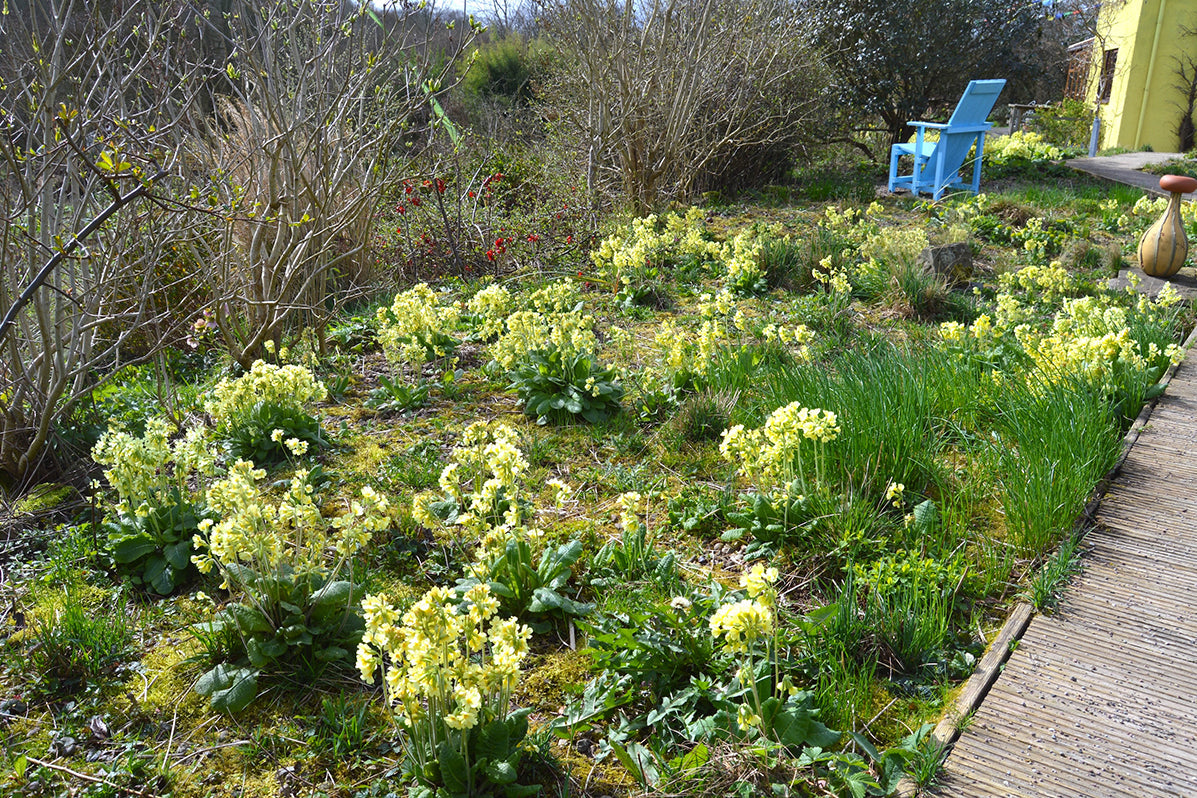Primula elatior – the Oxlip

Somewhat, and surprisingly, rare as a British native, the Oxlip makes the most amazing early spring flower for gardens. Combining the upright form of the Cowslip with the subtle pale colour of the Primrose, Primula elatior exceeds both in its productivity of flowering and its ability to self-seed, preferably onto relatively moist soils. Start off with a few (easily grown from seed, sown when fresh in autumn) and you could soon have dozens.
This is one of those plants that brings life to otherwise dreary cut-back perennial plantings in February and March, a perfect accompaniment to early daffodils, or blues like Scilla and Chionodoxa. They are incredibly hardy, having started flowering they survive frost and bitter east winds – indeed the cooler the weather, the longer they'll flower. Seedlings emerge around the parent plants the autumn after flowering, so care will have to be taken not to weed them out over the winter. Quite decent size clumps can build up within a couple of years.
Like other primula species, Primula elatior becomes semi-dormant during the summer, which means that it will survive beneath a light canopy of taller summer-performing perennials. Come the cooler days of autumn however, they will want to start growing again and so combine best with perennials that don't cast too much shade. Growth continues over the winter – these are plants that can grow at any temperature above freezing, and so do best if any dead herbaceous material above them is cut back sooner rather than later. And next spring they'll be carpeting the ground again with that delicious pale custard yellow.







